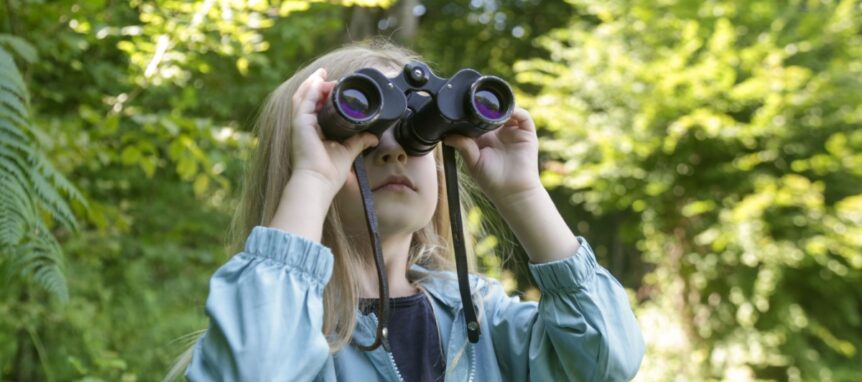Florida’s diverse and vibrant ecosystems are home to an extraordinary array of wildlife, from manatees and sea turtles to alligators, panthers, and countless bird species. These natural treasures offer rich learning opportunities for children, especially when explored through hands-on outdoor education. Encouraging kids to connect with Florida’s wildlife helps them develop a deeper understanding of the environment and fosters a sense of responsibility for its protection.
Spending time in nature helps children move beyond textbooks and screens, allowing them to witness the interconnectedness of life firsthand. Watching a heron stalk its prey in the shallows or spotting a raccoon foraging in the mangroves can spark curiosity, empathy, and a genuine desire to care for the natural world. These real-world encounters lay the foundation for lifelong environmental stewardship.
Fostering Curiosity Through Observation
Introducing kids to wildlife observation is one of the simplest and most effective ways to inspire curiosity about nature. Whether it’s watching crabs scurry along the shoreline or spotting butterflies in a field of wildflowers, these quiet moments teach children the value of patience and awareness. Field guides, binoculars, and nature journals can help deepen their understanding and make each sighting feel like a discovery.
Observation also allows kids to understand animal behavior. They begin to ask important questions: What do these animals eat? Where do they live? How do they protect themselves? This inquisitive mindset encourages critical thinking, a love for learning, and a more personal connection with wildlife.
The Role of Education in Promoting Respect
Teaching children about the habitats and behaviors of Florida’s native species helps them appreciate the balance of ecosystems and the importance of every creature’s role. For example, understanding that gopher tortoises dig burrows used by over 300 other species can shift a child’s perception of what might have once seemed like just another animal.
Respect grows when children learn about endangered species and the threats they face—from pollution to habitat destruction. Simple, age-appropriate lessons on conservation can empower kids to make better choices, such as picking up litter, using less plastic, and speaking out for animals that don’t have a voice.
Hands-On Activities That Build Empathy
Outdoor activities that allow children to actively participate in environmental protection build a strong emotional connection with nature. Cleanup days, wildlife-safe gardening, and building bird feeders or bug hotels give kids a sense of accomplishment while reinforcing lessons about environmental care.
Guided nature hikes and field trips to wildlife rehabilitation centers or coastal preserves introduce kids to professionals working in conservation. These experiences can spark interest in science and ecology and show children the real-world impact of protecting animals and their habitats.
Balancing Fun and Responsibility
While it’s important to teach children about the seriousness of environmental issues, the message should be paired with a sense of wonder and fun. Games like wildlife bingo, scavenger hunts, or nature photography challenges encourage children to engage with their surroundings in positive ways. When conservation feels exciting rather than overwhelming, kids are more likely to embrace it.
At the same time, discussions about safety and appropriate behavior—like keeping a respectful distance from animals and never feeding wildlife—are essential. Kids should understand that admiration must be balanced with responsibility, both for their own safety and for the well-being of the animals.
Developing Lifelong Stewards of the Environment
When children learn to respect and protect the ecosystems around them, they’re more likely to grow into environmentally conscious adults. Early exposure to Florida’s unique wildlife can inspire careers in biology, conservation, environmental education, or simply instill a lifelong love of nature.
Even children who don’t pursue a path in science can carry the values they learn—like respect, responsibility, and compassion—into all areas of their lives. These values extend beyond the forest or shoreline and into communities, classrooms, and homes.
A Lasting Connection Through Camp Live Oak
By immersing children in hands-on wildlife education, outdoor programs like those at Camp Live Oak provide the perfect setting to spark a love for Florida’s ecosystems. Campers explore state parks, participate in engaging environmental activities, and learn how to be respectful visitors in nature. It’s here that the seeds of stewardship are planted—where kids discover not just how to enjoy the wild, but how to protect it.
To learn more about Camp Live Oak’s environmental education programs, visit their contact page.

